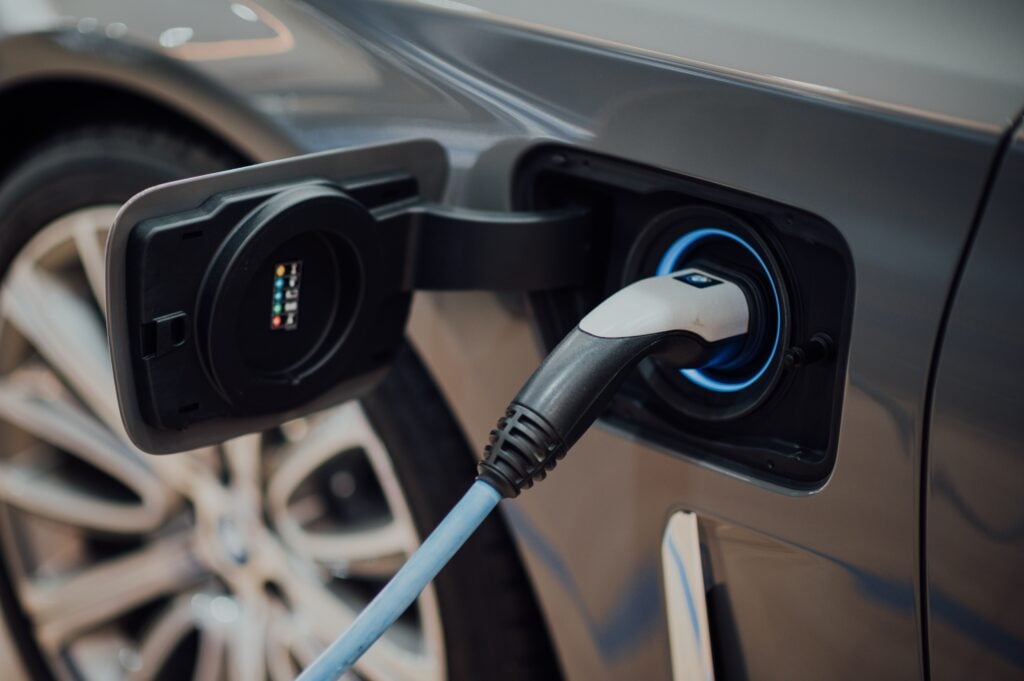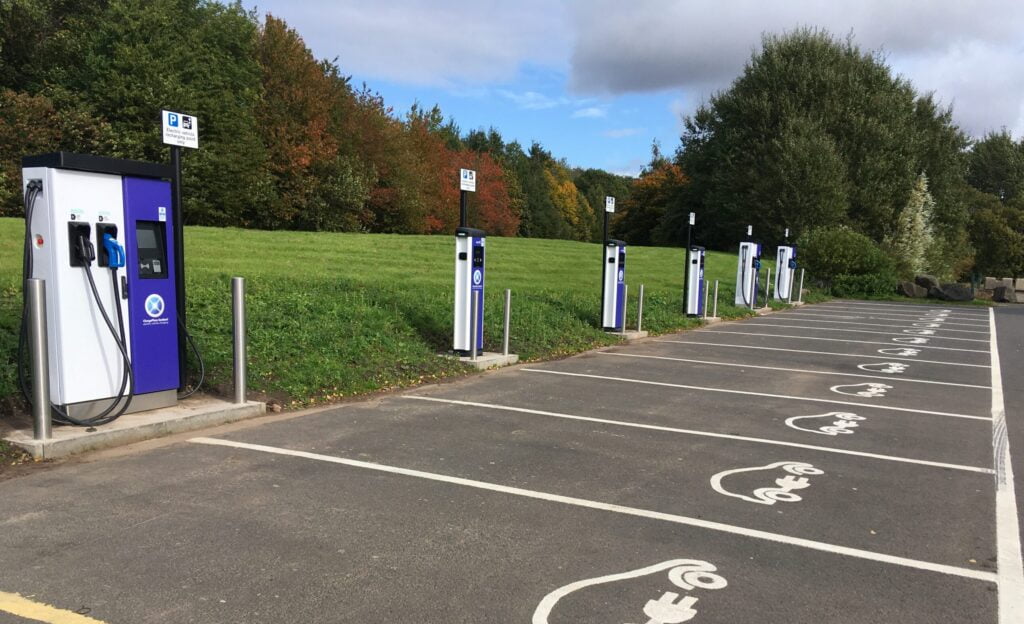Announcing its Future Fuels Strategy on the ABC last week, the Energy Minister was at pains to claim that plug-in hybrids are the natural choice, together with hydrogen fuel cell vehicles. Anything but fully electric vehicles!
The Future Fuels discussion paper is yet another flaccid, do-nothing document that will prevent Australians getting access to the world’s best electric vehicles.
Electric Vehicle Council
So what’s the purpose of this non-EV strategy?
You may remember that the Government expanded the remit of the Australian Renewable Energy Agency in Sept 2020 to include new technologies that cut emissions, ie measures to prop up fossil fuels.
The first page mentions EVs only once and then in the context of integrating them on the grid. For the Government, this non-strategy all about the mix of vehicle technologies and fuels, giving consumers more choice, fuel security etc.

The Government will stop at nothing to salvage transport using fossil fuels.
These new technology vehicles are currently more expensive to produce. However, the Government is optimistic that this gap will steadily reduce over time to sell at similar prices or match conventional petrol and diesel vehicles through technological and production process improvements.
Of course, now that we have no auto-manufacturing, choices and what new technologies will emerge, won’t be for Australia to decide. Perhaps we should welcome the coordination of private and public investment in the efficient rollout of recharging infrastructure but isn’t that what ARENA is doing?
The 2019 National Ultrafast EV Charging Infrastructure Network project by Evie Networks was to give EV drivers confidence in accessing 42 ultra-fast charging sites between major cities. So far only 14 are operational and of these only two are in Victoria. The problem is the ‘subdued market growth’ in EVS – lower by 1/3rd than what was forecast in 2018 – which makes setting up fast EV charging stations commercially unviable.
There is $2.9 million in the package for AGL’s large scale electric vehicle smart charging trial across 3 states but nothing to address the slow rollout of EVs because of Australia’s higher purchase prices compared to other countries. According to ‘lessons learnt’ by the Evie charging network:
COVID travel restrictions, lockdowns and general public concern throughout 2020 has resulted in a substantial underperformance in EV take up when compared with these 2018 forecasts.
Another issue is that so called ultra-fast recharging turns out to be not so fast.
The average power of all charging sessions to date is ~50kW with a significantly skewed distribution towards lower average session powers. This network-wide average power implies that individual User Units are typically operating at 25-35% of their rated performance for contemporary ~400VDC EVs.
Cost of power to charging sites is also an issue while volumes are low.
What this means is that EV uptake must be incentivised by government if charging networks are to be viable – it’s a chicken-and-egg problem.
The Coalition would sooner throw money at hydrogen-powered vehicles – a technology that has been around for decades but still has barriers to use in cars, including the fact that using renewable energy to produce hydrogen is up to 50% less efficient than storing electricity in batteries. That’s because electricity is used to form hydrogen which must be compressed, chilled and transported and, once inside the vehicle, converted back to electricity.
Hydrogen may eventually play an important role in reducing emissions for heavy vehicles but why not now back the proven technology of electric vehicles?
The conclusion is clear: in the case of the passenger car, everything speaks in favor of the battery and practically nothing speaks in favor of hydrogen. No sustainable economy can afford to use twice the amount of renewable energy to drive with fuel cell passenger cars rather than battery-powered vehicles.
Volkswagon
Worldwide there were in 2019 only 7,500 hydrogen fuel-cell vehicles on the road. Compared with 5 million EVs. There are very few hydrogen refuelling stations and if EV chargers are proving unviable in Australia, hydrogen is unlikely to be any better.
What’s more…
Dr Jake Whitehead, from the University of Queensland, points out that the calculations for petrol and diesel cars used by Taylor’s office, government departments, and even the Green Vehicle Guide (GVC), do not factor in overseas emissions.
It’s just another reason for us to distrust this government ….
40 countries have incentives in place including:
| G7 EV purchase incentives | ||
| Market | Incentive (local currency) | ~AUD |
| Canada | $5,000 | $5,000 |
| France | €7,000 | $11,000 |
| Germany | €6,000 | $10,000 |
| Italy | €6,000 | $10,000 |
| Japan | ¥400,000 | $5,000 |
| UK | £6,000 | $10,000 |
| USA | $7,500 USD | $10,000 |
| Australia | – | – |
Photo top by CHUTTERSNAP on Unsplash

